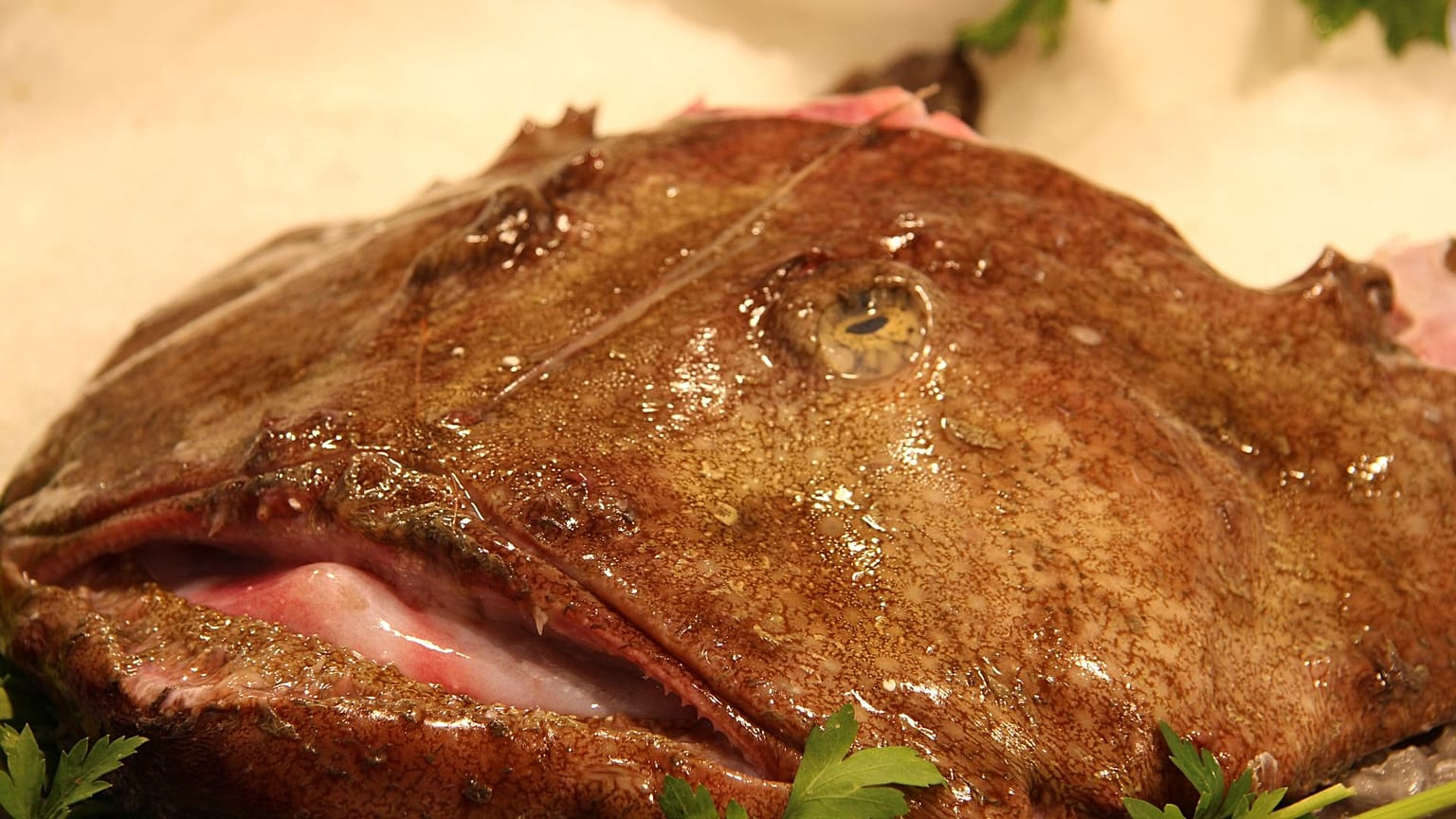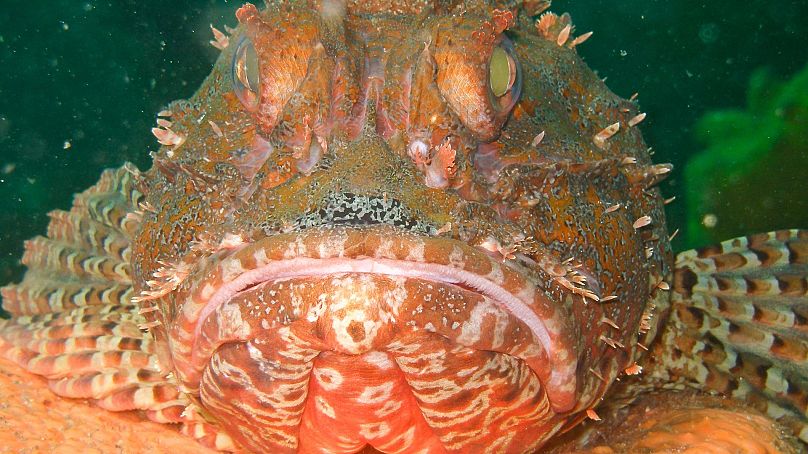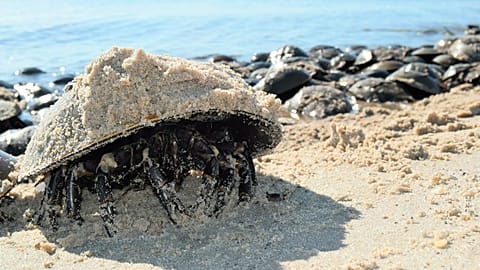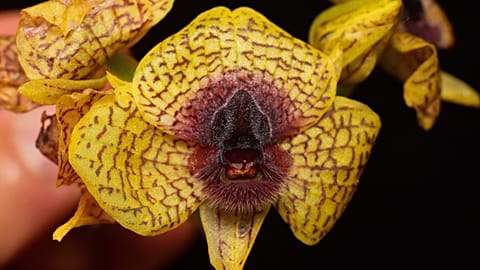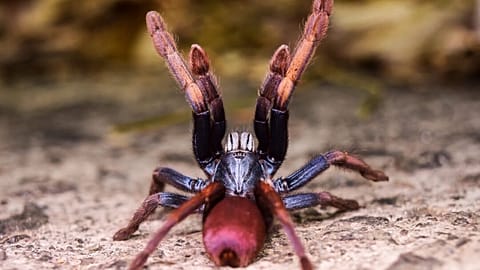The ugliest fish are the most in need of our help - here’s how our shallow beauty bias is threatening the planet.
Ugly fish need love too, scientists are urging.
From the effortlessly elegant angel fish to the objectively hideous blob fish, marine life comes in all shapes and sizes.
But the ugly ducklings of the underwater kingdom are under threat. According to new research, humans might not care about the odd-looking species enough to save them from extinction.
So why are we so superficial?
By surveying 13,000 people, academics from the University of Montpellier in France ranked more than 2400 reef fish on aesthetic value.
They found that the ugliest fish were the most at risk of dying out - yet they were also the most ecologically important.
“There is a need for us to make sure that our ‘natural’ aesthetic biases do not turn into a bias of conservation effort,” says Nicolas Mouquet, one of the lead study authors.
“Our study highlights likely important mismatches between potential public support for conservation and the species most in need of this support.”
Why are ugly fish important?
Beauty is in the eye of the beholder - but there are some fish only a mother could love.
The ‘Drab Sole’ (Achirus achirus) and ‘telescope fish’ (Gigantura chuni) probably aren’t winning any beauty contests.
But like the other ‘ugly’ fish ranked by researchers, they’re very important to underwater ecosystems.
To determine which fish were unattractive, a poll of thousands quizzed respondents on the aesthetic value of 480 ray-finned reef fish.
By feeding this data into an algorithm, the research team was able to predict aesthetic ratings for more than 2,417 fish.
Bright, colourful fish species with rounded bodies - like angel fish, clown fish, and parrot fish - received the most favourable responses.
However, these more ‘beautiful' fish tended to be “less distinctive in terms of their ecological traits and evolutionary history,” researchers warned.
This means they are more genetically similar to other fish than their ugly counterparts.
Ugly, ecologically diverse fish like the bocaccio rockfish (Sebastes paucispinis) and white steenbras (Lithognathus lithognathus) were also most in danger of exploitation and overfishing.
“Mismatches between aesthetic value, ecological function, and extinction vulnerability may mean that the species most in need of public support are the least likely to receive it,” the researchers warn.
“The ecological and evolutionary distinctiveness of unattractive fish makes them important for the functioning of the whole reef.
“Their loss could have a disproportionate impact on high-biodiversity ecosystems.”
What about the rest of the animal kingdom?
The beauty-bias goes way beyond fish
According to a 2020 research paper, vertebrates like mammals, fish, and reptiles get 468 times more investment in conservation efforts than invertebrates, like insects, spiders and worms.
The study claims that popularity, not ecological importance, is the reason for this mismatch.
Our narrow focus puts many species at real risk.
Cute and charismatic animals like the Polar bear, panda, tiger, snow leopard and meerkat drew the most funding and attention.
It’s harder to imagine the hideous - but critically endangered - Titicia frog as the face of a conservation charity. But such hideous animals play vital roles in their environments.
They even draw more research - a 2016 study found that 73 percent of the Australian academic publications covered marsupials, such as koalas and kangaroos. In contrast, rodents and bats received 11 percent of the attention, even though they made up 45 percent of the mammals included.















